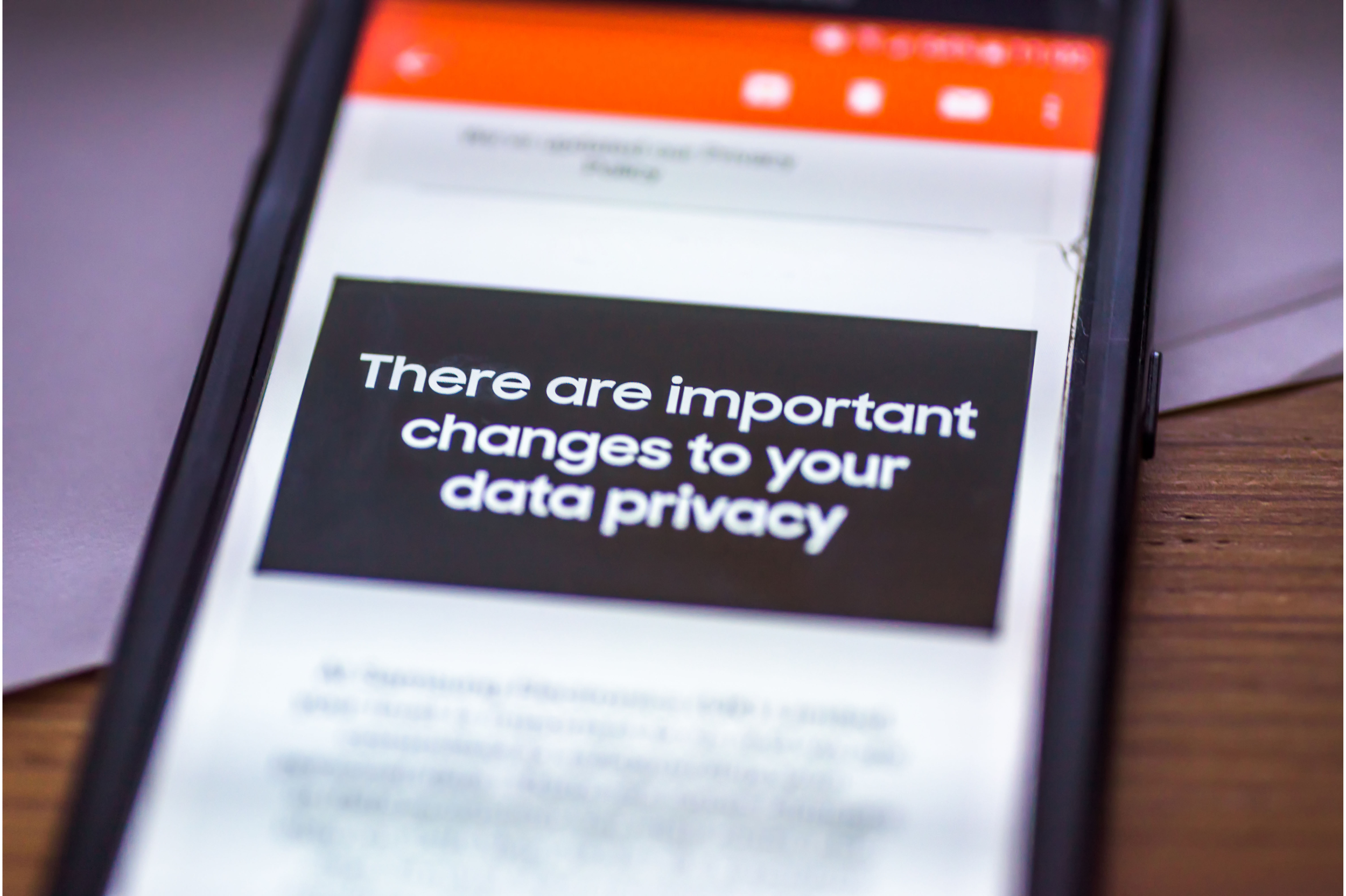Real-time data, such as searches, page views, clicks and shares offer strong signals of user behavior. For example, a consumer who is actively comparing home equity loans for a home renovation project is probably going to need more home insurance. If you’re an Aetna or Geico, it’s a good time to target him or her with an ad.
Meanwhile, consumers who engage with a custom color wheel for house paints may also be interested in new furniture. Those researching internet service providers for regions that are outside of their existing IP address, may be getting ready to relocate, and will likely need a whole host of services—from hiring a moving company to setting up new bank accounts.
For brands, these are rare opportunities to win new customers, which means you want to know when consumers are sending this signal ASAP.
Real-time behavioral data also lets you assess where consumers are in the purchasing funnel, allowing you to create segments in your marketing automation system for messaging and targeting purposes.
Let’s see how this works.
Tip 1: Look Back to See Purchase Journey
Your existing customers can provide vital clues as to who your next best customers will be. Look at your best performing customers to see specific behaviors they share, including:

Engagement signals such as video views, or frequency of engagement of people who convert.

User-specific characteristics such as device, browser, location, sentiment, the link or page from which the user entered, or URL of the site the user visited after leaving your landing or product page.

Social media channels, including search events in Google, Yahoo or Bing, social media channels reached when users click on a “share” link, along with the content shared.
By analyzing these patterns you can identify critical attributes that indicate awareness, consideration, conversion, and ultimately brand loyalty. For instance, do people who live within five miles of an outlet click on ads at the same rate as those who live within 10 or 15 miles? What is the impact of distance on purchase frequency? Are there specific age groups who prefer to buy online and pick up in store? Do people who convert on a mobile phone as opposed to a desktop favor a specific product type?
You can also analyze interest and intent data to uncover passion points or tangential interests that influence buying decisions. For instance, consumers who have a keen interest in sustainability may be predisposed to like your line of Fair Trade clothing or snack items.
By examining the purchasing journey of your best consumers, you can:
- Identify the scenarios that prompt consumers from awareness, to consideration, to purchase
- Tailor appropriate messages to each critical juncture
- Create campaign-specific audience segments based on their interests and passions
Tip 2: Create or Enhance Audience Segments within Your Marketing Automation System
Some marketing automation systems, like Adobe Audience Manager, offer seamless access to a data marketplace where users can purchase data from over 500 sellers. In many cases, you can purchase data that allows you to target your competitors’ customers. You can super-charge your conquesting campaigns by overlaying this data with real-time signals in order to identify nuances in customer preference, and design programs that resonate with each audience member.
Layering real-time data onto your existing audience segments can help you better understand your loyalty members and their passion points. These are your most valued customers, and understanding how their passions contribute to their brand loyalty is pretty much the gold standard of audience insights. This insight can help your brand:
- Determine where to find customers similar to your most loyal customers
- Ensure your product roadmap will continue to meet their needs
- Bump loyalty members up to the next tier of your loyalty program
- Consider additional programs, such as a customer advisory board
Tip 3: Create Audience-Based Use Case
As a marketer, you know that there isn’t a single customer journey, there are many. Most brands have distinct journey sequences, especially if they sell big ticket items. For example, purchase journeys to win the first sale, and loyalty journeys to lock-in repeat purchases.
By combining your first-party data with real-time data and marketplace data available via your marketing automation platform, you can craft messages that speak to each audience member across all use cases.

Map Messages to Real-Time Behavior
The last step is to use all of this data to create hyper specific messages for each relevant real-time behavior you’ve identified.
While the decisions you’ve made up to this point will have been driven by a lot of data, it’s important to recognize that the start of every campaign is pretty much an educated guess. You believe that East Coast Dads or urban recent grads will be most interested in your campaign offering, but you won’t know for sure until your campaign goes live.
Plan on A/B testing everything: audience segment, creative, messaging, offer, and scenario (real-time behavior at the engagement point). Most marketing automation systems have finely developed A/B testing workflows, which means you can easily test all aspects of your campaigns and identify statistically relevant trends.
Once you see the results of your tests, you can focus your ad spend on the channels, creatives, audience and real-time behaviors that deliver the best results.
One final tip: plan on spending a portion of your budget on random targets (i.e. people who are outside of your targeting criteria). This is a great way to discover hidden pockets of demand.
Takeaways
Strong campaign results require ongoing optimization. Leveraging all of your data sources — first-party, marketplace data, real-time data — will provide you with deep insight into your customers, enable you to test messages, with the ultimate goal of automating hyper personalization at scale.




